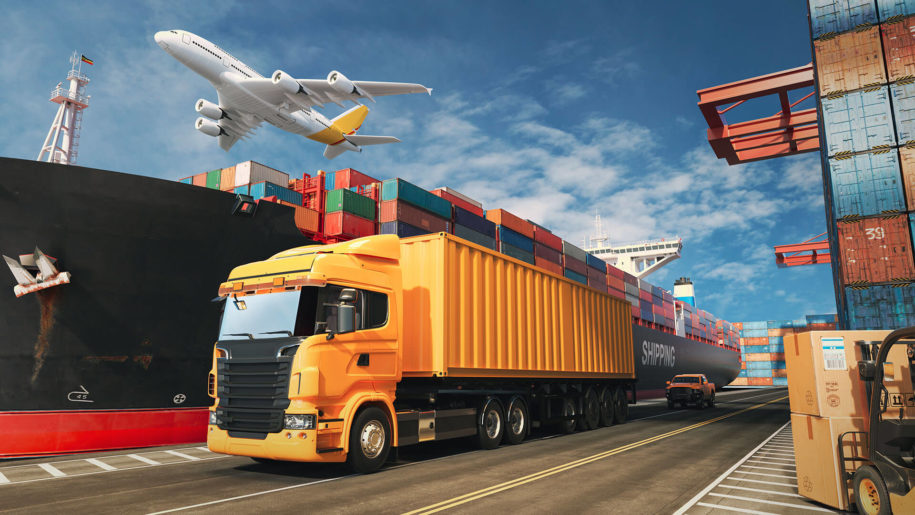
5 things about the world’s largest trade deal RCEP
Nearly 10 years after being proposed at the ASEAN Summit in Bali in 2011, the world’s largest trade deal – the Regional Comprehensive Economic Partnership (RCEP) – will be signed on Sunday afternoon. (November 15), on the sidelines of the 37th ASEAN Summit.
With the participation of 10 ASEAN members, along with China, Japan, Korea, Australia and New Zealand, the RCEP will comprise nearly one third of the world’s population, contributing about 30 percent of the gross domestic product. The agreement will eliminate up to 90% of the import duties between the participants within 20 years of its entry into force, while improving market access for goods and services in the region. The Agreement also aims to establish a common set of trade rules and covers areas of non-traditional that are not covered by some existing agreements, such as e-commerce, competition policy and intellectual property. Here are five things to note about the world’s largest trade deal
: “Leverage” Covid-19
While online negotiations are often thought to complicate the legal review process – aimed at reviewing and correcting the text of the agreement – the economic consequences of the Covid-19 pandemic are It is considered a “leverage” factor that motivates the parties to finalize the agreement, for the benefits of the reduction of tariffs and trade barriers. Online negotiations in August said the signing of the agreement would enhance business confidence, as well as show regional support for an open, inclusive and based multilateral trading system. The Ministers also emphasized the important role that the RCEP Agreement can play in post-pandemic recovery efforts, as well as in the growth and stability of the regional and global economy. The US President Donald Trump administration’s tariff trade war with Beijing in recent years is believed to have also provided more impetus to boost the RCEP, which is a major Progress has been slow since negotiations began in 2012.
Who benefits?
All RCEP participants are beneficial, said Jason Ji, professor of international research at Renmin University of China, that countries like Cambodia, Thailand and Vietnam can see the increase. Increase GDP and export volume after the entry into force of the agreement. ”Key areas to benefit will include Thailand’s construction industry, Singapore’s and Malaysia’s processed food industries, and manufacturing sectors of Vietnam. Laos, ”Mr. Ji told The Straits Times. Dr Pan Zhengqi of Singapore University of Social Sciences said that an important result of the RCEP is the agreement that helps facilitate complex supply chains, and This will boost Korea’s electronics industry. According to Mr. Pan, for Vietnam, lowering trade barriers and increasing market access under RCEP will benefit telecommunications and textile industries. garment and footwear. While the exchange of technical know-how under the agreement is believed to help China improve the value chain.
Indian retreat
Finally, there will be 15 instead of 16 signatories to the RCEP, after India announced its withdrawal from the negotiations last November. The country is said to have some concerns about the risk of a trade imbalance, due to a trade deficit with 11 out of 15 countries participating in the agreement. flooded with handicrafts and agricultural products into its markets, India was not prepared to eliminate tariffs on many sensitive industries. However, the door for India to rejoin remains open – a points that some ASEAN leaders made at a bilateral summit with Prime Minister Narendra Modi last Thursday. India’s participation is a step backwards to the deal, but it could be a “historic mistake” for New Delhi itself. “For India, that signals a more fundamental turnaround on the deal. The opening of the economy, leaving New Delhi out of both economic blocs will define Asia’s future: the RCEP and the Comprehensive and Progressive Agreement for Partnership (CPTPP) of 11 operator, ”said Mr. James.
Similar to and different from CPTPP?
The CPTPP – developed from the Trans-Pacific Partnership (TPP) that originally included the US, after President Trump pulled out of the agreement – was signed in 2018 between 11 countries. 7 of them will also be in RCEP: Australia, Brunei, Japan, Malaysia, New Zealand, Singapore and Vietnam. Other CPTPP members are Canada, Chile, Mexico, and Peru. The CPTPP is more involved in tariff elimination and also includes provisions on labor and environmental standards – a conspicuous difference from the RCEP. However, both the CPTPP and RCEP are seen as building blocks for a vision of free trade spanning the Pacific – the Asia Pacific Free Trade Area (FTAAP) – which the members of the Asia-Pacific Economic Cooperation (APEC) mentioned for the first time in 2004.
Tensions Australia – China
After Australia made moves to “offend” its biggest trading partner, China, regarding the investigation of the origin of the Covid-19 pandemic, the Beijing government ordered a cessation of imports. Australian products such as coal, barley and wine. Some people worry that the ongoing trade dispute between the two countries could hamper cooperation under the RCEP. However, SUSS’s Dr Pan believes that the trade pact can even be helpful in reducing the escalation of tensions between Australia and China, as it restricts the actions of both sides based on rules. ” Participating countries – even great powers like China – may rethink using trade as a strategic leverage ”, Mr. Pan commented, also pointing out that China’s behavior in RCEP will partly shape the country’s reputation and credibility, as well as change the behavior of others towards Beijing, other analysts agree, RECP is now becoming a key. RCEP will not replace pre-existing free trade agreements, including ASEAN + group (ASEAN and China, Japan, Korea). But it definitely improves them and facilitates the assessment and negotiation of these agreements on trade rules as well as customs procedures, ”said Professor Ji of Renmin University.
Source: kinhtedothi

If you need assistance with import and export of international goods, you can contact our Smart Link team, for advice on service advice as well as necessary related customs procedures.


































